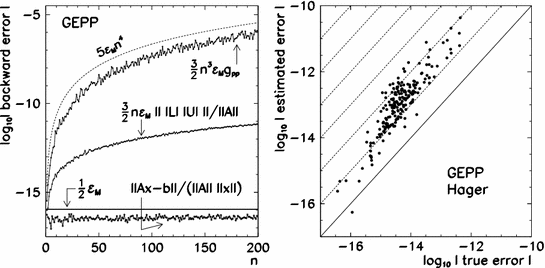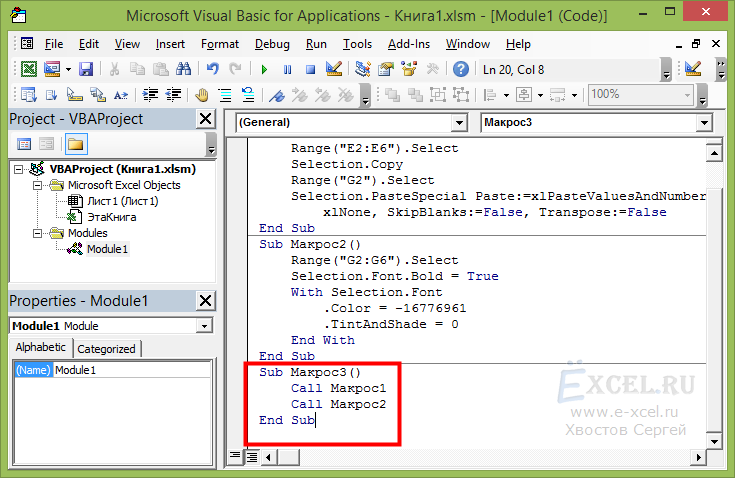Sbornik Makrosov Excel
How to update and unlock/hack the Rigol DS1054Z (in under 2 minutes) Code and Solder. The firmware on Rigol DS1054Z oscilloscope to the newest version and unlocking all it's features, making it. Test Equipment Oscilloscope and more. 'OWON SmartTest' designs and delivers test equipment to meet the needs of both professional industries and educational sectors. OWON is dedicated to make professional equipment more 'affordable' and 'adorable' ever in satisfying the needs of engineers. Home » Owon oscilloscope usb board Use the links on this page to download the latest version of Owon oscilloscope usb board drivers. All drivers available for download have been scanned by antivirus program. Rigol DS1054Z Digital Oscilloscope 50 Mhz DSO 4 Channels. Now including software bundle FREE BND-MSO/DS1000Z built into the unit. Displaying 1-20 of 438 Reviews. Download free software owon oscilloscope hack.
40189, sbornik_makrosov_excel_skachat_besplatno,:))). 0.6 -s-excel/upravlenie-bezopasnostyu-makrosov/ 2013-10-07T17:52:49+00:00.
Hypothesis Testing Definition 1: Let x 1,,x n be an ordered sample with x 1 ≤ ≤ x n and define S n( x) as follows: Now suppose that the sample comes from a population with cumulative distribution function F( x) and define D n as follows: Observation: It can be shown that D n doesn’t depend on F. Since S n(x) depends on the sample chosen, D n is a random variable. Our objective is to use D nas a way of estimating F( x). The distribution of D n can be calculated (see ), but for our purposes now the important aspect of this distribution are the critical values. These can be found in the.
If D n,α is the critical value from the table, then P( D n ≤ D n,α) = 1 – α. D n can be used to test the hypothesis that a random sample came from a population with a specific distribution function F( x). If then the sample data is a good fit with F( x). Also from the definition of D n given above, it follows that Thus S n( x) ± D n,α provides a confidence interval for F(x) Example 1: Determine whether the data represented in the following frequency table is normally distributed. Figure 1 – Frequency table for Example 1 This means that 8 elements have an x value less than 100, 25 elements have an x value between 101 and 200, etc. We need to find the mean and standard deviation of this data.
Since this is a frequency table, we can’t simply use Excel’s AVERAGE and STDEV functions. Instead we first use the midpoints of each interval and then use an approach similar to that described in as follows: Figure 2 – Calculating mean and standard deviation for data in frequency table Thus, the mean is 481.4 and the standard deviation is 155.2. We can now build the table that allows us to carry out the KS test, namely: Figure 3 – Kolmogorov-Smirnov test for Example 1 Columns A and B contain the data from the original frequency table. Column C contains the corresponding cumulative frequency values and column D simply divides these values by the sample size ( n = 1000) to yield the cumulative distribution function S n( x) Column E uses the mean and standard deviation calculated previously to standardize the values of x from column A. The formula in cell E4 is =STANDARDIZE(A4,N$5,N$10), where cell N5 contains the mean and cell N10 contains the standard deviation.

Column F uses these standardized values to calculate the cumulative distribution function values assuming that the original data is normally distributed. Cell F4 contains the formula =NORMSDIST(E4). Finally column G contains the differences between the values in columns D and F. Cell G4 contains the formula =ABS(F4—D4).
If the original data is normally distributed these differences will be zero. Now D n = the largest value in column G, which in our case is 0.0117. If the data is normally distributed then the critical value D n,α will be larger than D n. From the we see that D n,α = D 1000.05 = 1.36 / SQRT(1000) = 0.043007 Since D n= 0.0117.2), and so once again we can’t reject the null hypothesis that the data is normally distributed. If the value of D n had been.35 in Example 2, then D n =.35 >.338 = D crit, and so we would have rejected the null hypothesis that the data is normally distributed.
In this case we would have seen that p-value = KSPROB(.35,15) =.0427, which once again leads us to reject the null hypothesis. Kolmogorov Distribution As referenced above, the Kolmogorov distribution can be useful in conducting the Kolmogorov-Smirnov test. For more information about this distribution, including some useful functions provided by the Real Statistics Resource Pack. Lilliefors Test When the population mean and standard deviation for the Kolmogorov-Smirnov Test is estimated from the sample mean and standard deviation, as was done in Example 1 and 2, then the Kolmogorov-Smirnov Table yields results that are too conservative. More accurate results can be derived from the as described in the. Dear Charles, I have read with great interest the use of Kolmogorov Smirnov for testing normality. In the Figure 3 you have nicely explained the test, based on the example 1.

However, I cannot figure out where the data for the F(x) column came from. You have pointed out that these data came from the NORMSDIST function from Excel, but I am interested in the actual equation for calculation of the Standard Normal Density Function.